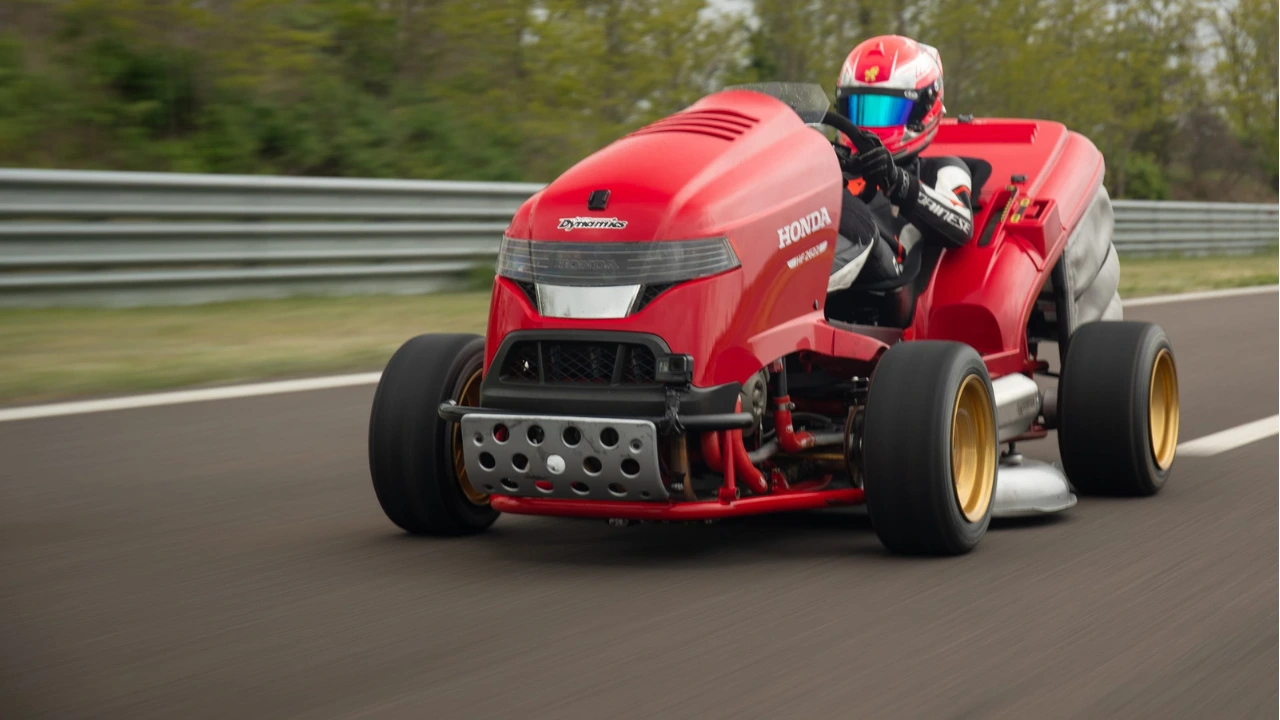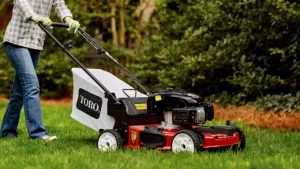Are you thinking about building a lawn mower for racing? Perhaps you’re a fan of the sport and would like to participate in lawnmower racing? If your answer is yes to these questions, this is for you because here you’re going to get the advice and information you need to build a lawn mower for racing.
Finding The Parts You Need
In many ways building a mower for racing is a lot like building a car. The first thing you’ll need to do is find the parts you’ll need to build your mower. This will likely be the most difficult part of this process for you, but once you’ve found what you need you’re on your way. The places to begin your search for the parts you need include searching scrap yards and garage sales and checking eBay and some of the other larger auction websites. And don’t forget to include checking with your friends and family for old lawn mowers they may no longer be using.
Here Are The Main Parts You’ll Need:
- An Engine (of course!)
- A steering wheel
- Rear axle and axle hangers
- Gas lever
- Brake system
- Wheels, tires, and hubs
- Centrifugal clutch
- Front axle and spindles
- Chain
- Transmission (right angle gearbox)
- Sprockets
- Electrical components
- High endurance engine component
Also check out this video guide on lawn mower racing:
Building Your Frame
As the entire point of your building project is to build it to go fast you’ll first want to create a frame for it that’s large enough to support its purpose. This is often done by making adaptations to the already existing frame that include adding a place to sit and adding other metal pieces to make it a bit sturdier. At this stage, you’ll want to keep in mind you’ll most likely be racing on dirt roads so you may want to add some sort of suspension system since this is not something a lawn mower comes with.
Your Steering System
To have any hope of winning races, you’ll certainly need to have a steering system for your racing mower. For this, a direct steering system will be perfect and will make driving easier for you.
Internal Components
The next thing we want to do is install your internal components, starting with the transmission, then the brakes. You should be aware that there are several different types of brake systems available, both hydraulic and mechanical, but you’ll want to go with hydraulic brakes as they work better for racing mowers. Not to mention they’re also much easier to install.
After you have the brakes set up and installed you’re then ready to weld the mower deck to the frame, including the battery and electrical system.
Next, you’re ready to make what’s known as the puke tank in the mower racing world. This is the area that is designed to hold your engine, and since it’s designed as a tank, it stops your racing mower from leaking oil on the race track.
For safety and comfort now it’s time to install your seat. Most people use seats like those commonly found in schools, however without the legs. If you’re looking for more comfort from your seat, it can be covered with foam from something like that you’ll find in an old car.
The final step before re-assembling everything is to paint it whatever color you’d like. Something bright and eye catching is often a good choice here. Then you’re ready to assemble it back together. One more thing to note here is to be sure to select large wheels that have deep treads. This will help a lot when you use it for racing off road.
After you’ve completed the building process, you should have no problem finding events where you can race against other racing lawn mower competitors. A quick online search for events should be all that’s needed.

